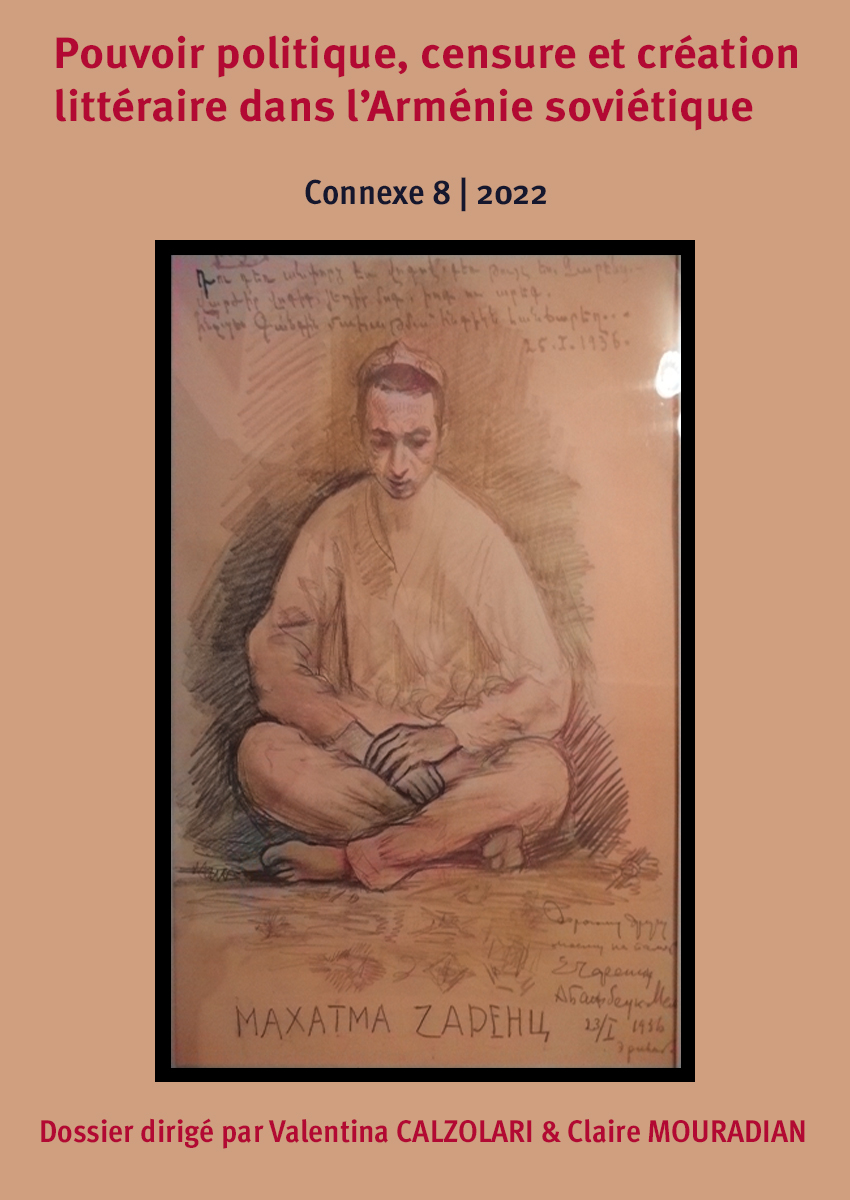Forbidden Literature
DOI:
https://doi.org/10.5077/journals/connexe.2022.e1033Keywords:
Forbidden Literature, Armenia, Censorship, USSRAbstract
Gorbachev’s call for Glasnost made it possible to re-examine the “blank pages” of history, particularly those of the Stalinist period in Armenia as in the rest of the USSR. In Armenia, the first republic to tear down the statue of Lenin (13 April 1991), this new Thaw opened the way for a critique of Stalinian nationalities policy in terms of territorial organisation (the demand for reuniting Nagorno-Karabakh to Armenia) and of cultural life (the attempt to erase national past and identity). Published in the liberal Garoun [Spring], in April 1991, a few months before the declaration of independence and the end of the USSR, David Gasparian presents a not exhaustive list of the literature banned during the Great Terror. Drawn from the archives, the list offers a sample of the works considered dangerous by the censors: from the 19th century classics, including those with progressive, if not socialist, ideals, to the revolutionary writings of the rallied partisans of the new regime. The article also shows the oscillating directives of the Party, which the censors do not always manage to follow, at the risk of becoming victims of the purges themselves. The chronology of reprints of these works in Armenia is a political barometer. Reprints abroad allow us to map the communities in the diaspora where the literary heritage was preserved. The number of reprints and translations give us a glimpse of the reception of this literature.
Downloads
Published
How to Cite
Issue
Section
License
Some rights reserved 2022 Vincent Exiga

This work is licensed under a Creative Commons Attribution 4.0 International License.




